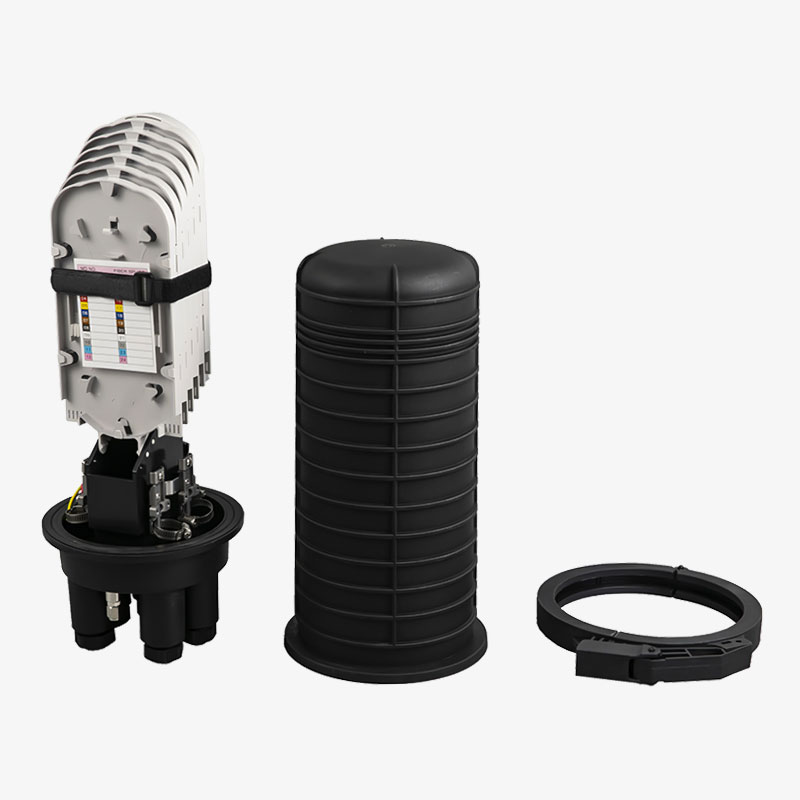Fiber optic cables are impressive – they can run underground, over aerial wiring and even in submarine applications. They power networks that connect homes, businesses, local governments and more. But, these hair-thin cables are subject to the harsh realities of Mother Nature – dry, rocky, snowy, dusty, hot and cold. And that’s where a fiber closure comes in.
A fiber optic closure is a passive component that can protect your network points where you splice the cable. It comes in different shapes, sizes and configurations to meet your specific needs and placement options. For example, a dome-type closure has a distinct shape and is ideal for use in underground applications. A horizontal type closure, on the other hand, looks like a flat or cylindrical case that can be mounted aerially or buried in underground applications. Both can fit hundreds of fiber connections.
The main thing to remember when choosing a fiber optic closure is that you need one that’s compatible with the cables in your network. Double-checking compatibility ensures that you’re getting a quality product that can withstand the various environmental hazards of your environment.
Other important considerations include a well-configured design that helps to improve cable performance without twisting or stressing the fibers. A good closure should also have a low bend radius to avoid creating excessive stress and damage during handling. Finally, look for a design that’s easy to install, as doing so can eliminate the need for additional hardware like a messenger wire or pole to hang the closure from.
